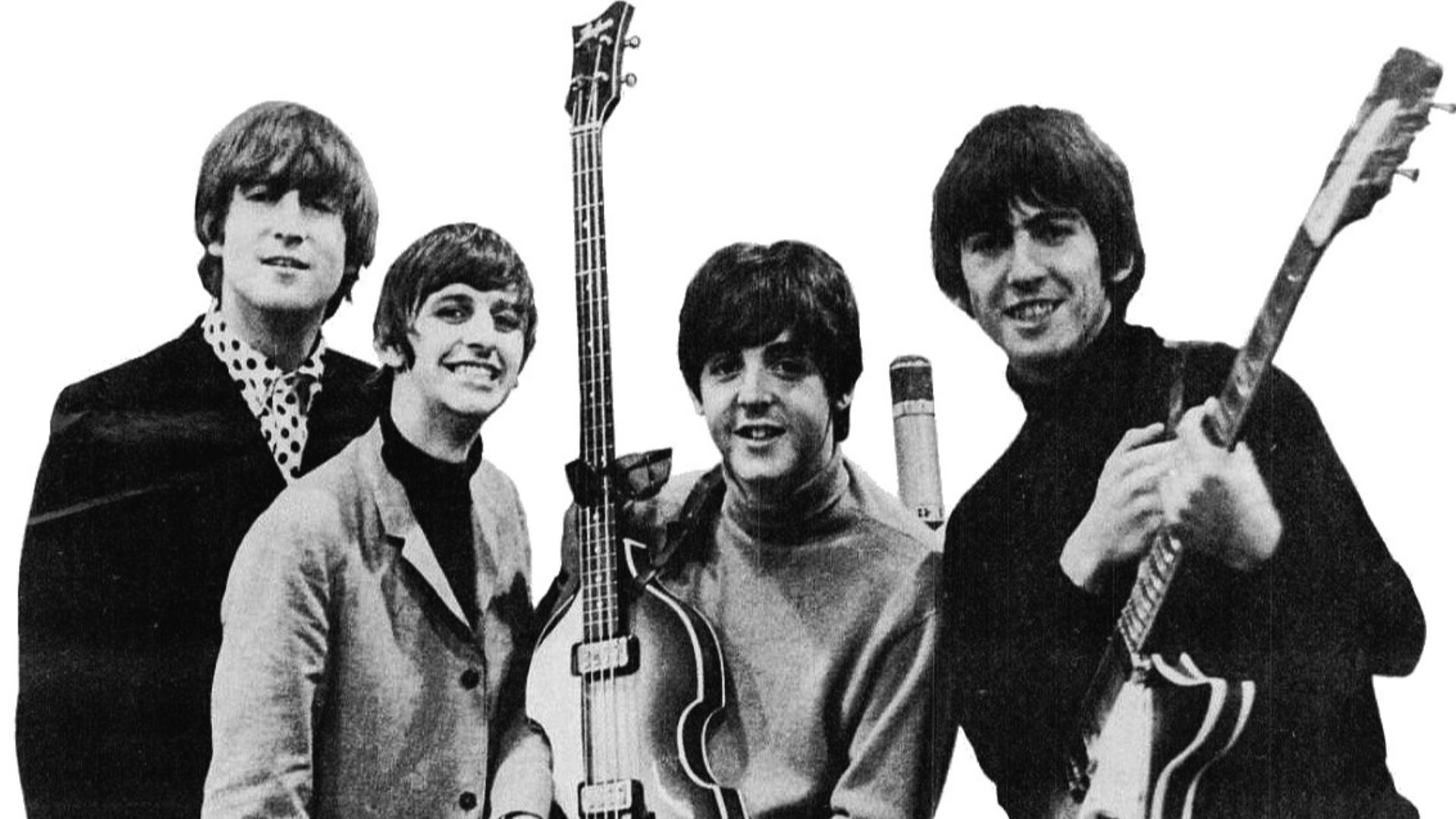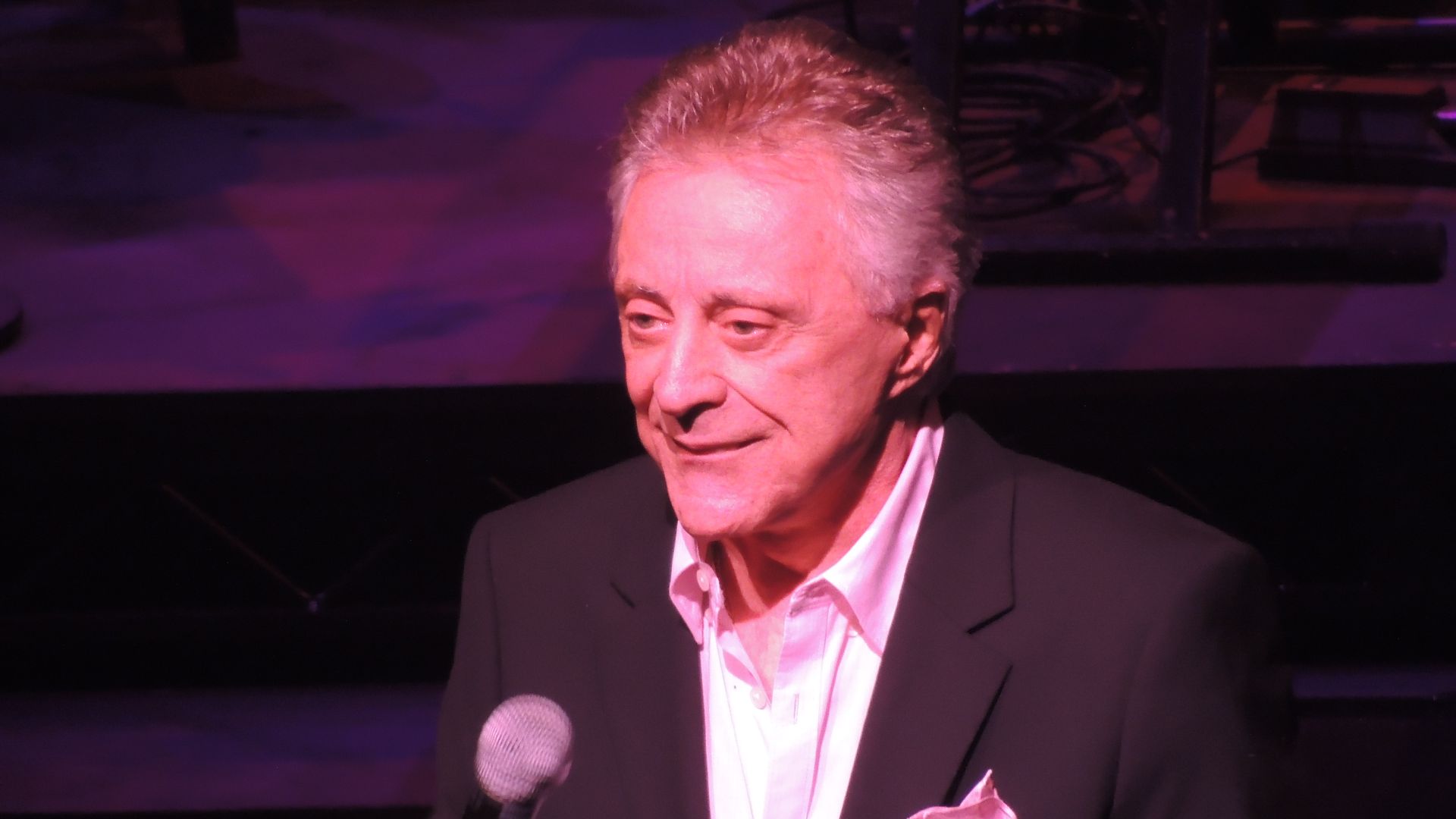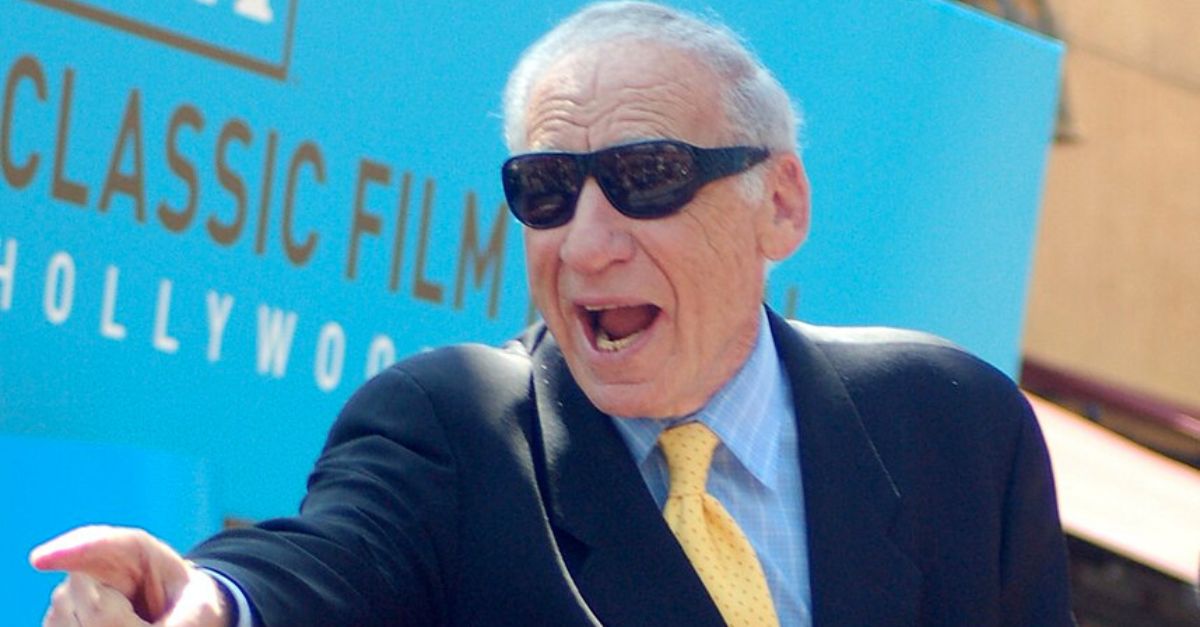Echoes Of Change, Hope, And Revolution
The 1960s were a decade of revolution, not just in politics and culture, but in sound. Music became a mirror for social change, heartbreak, and rebellion, capturing the pulse of a world in motion. From anthems of peace and protest to hymns of love and liberation, these are the tracks that shaped movements and still echo the heartbeat of a generation.
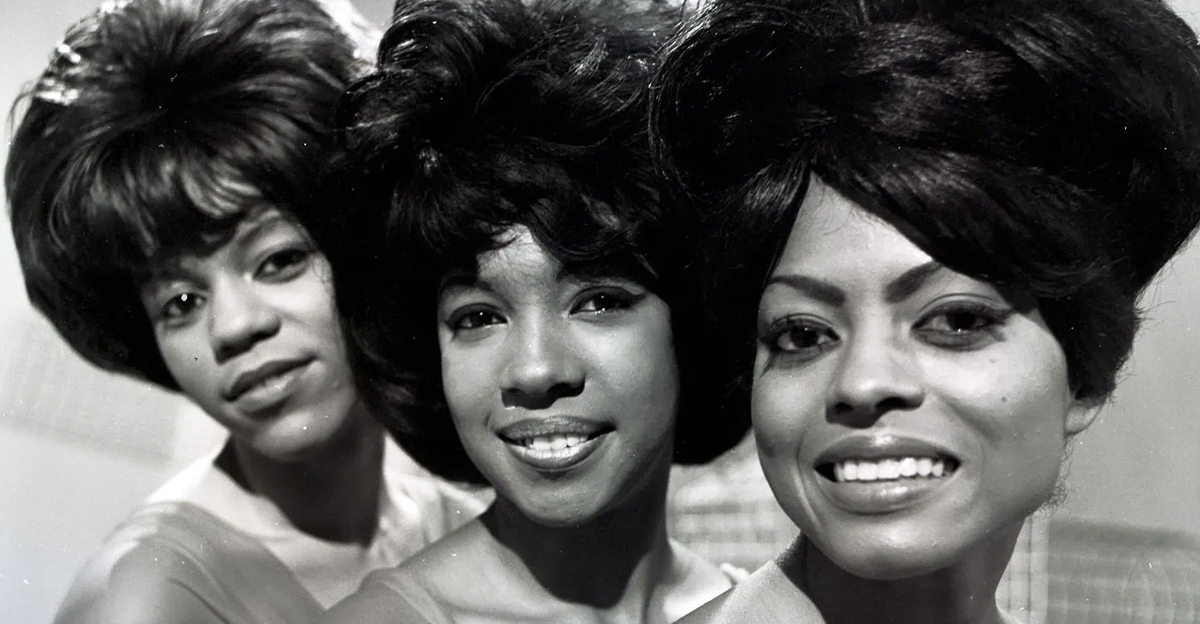
“Hey Jude” – The Beatles (1968)
A song of comfort born from Paul McCartney’s attempt to console John Lennon’s son, “Hey Jude” became something bigger: a universal anthem of hope. Its gradual build, seven-minute runtime, and iconic “na-na-na” outro captured the optimism and melancholy of a world in flux. It spent nine weeks at No. 1 on the Billboard Hot 100, solidifying The Beatles as both poets and prophets of their time.
“(I Can’t Get No) Satisfaction” – The Rolling Stones (1965)
When Keith Richards woke up with a riff in his head, rock history changed forever. “Satisfaction” was raw, irreverent, and brimming with frustration—a perfect reflection of the restless youth of the 60s. Mick Jagger’s sneer and the fuzz-drenched guitar made it the anthem of teenage disillusionment, climbing to No. 1 on both US and UK charts.
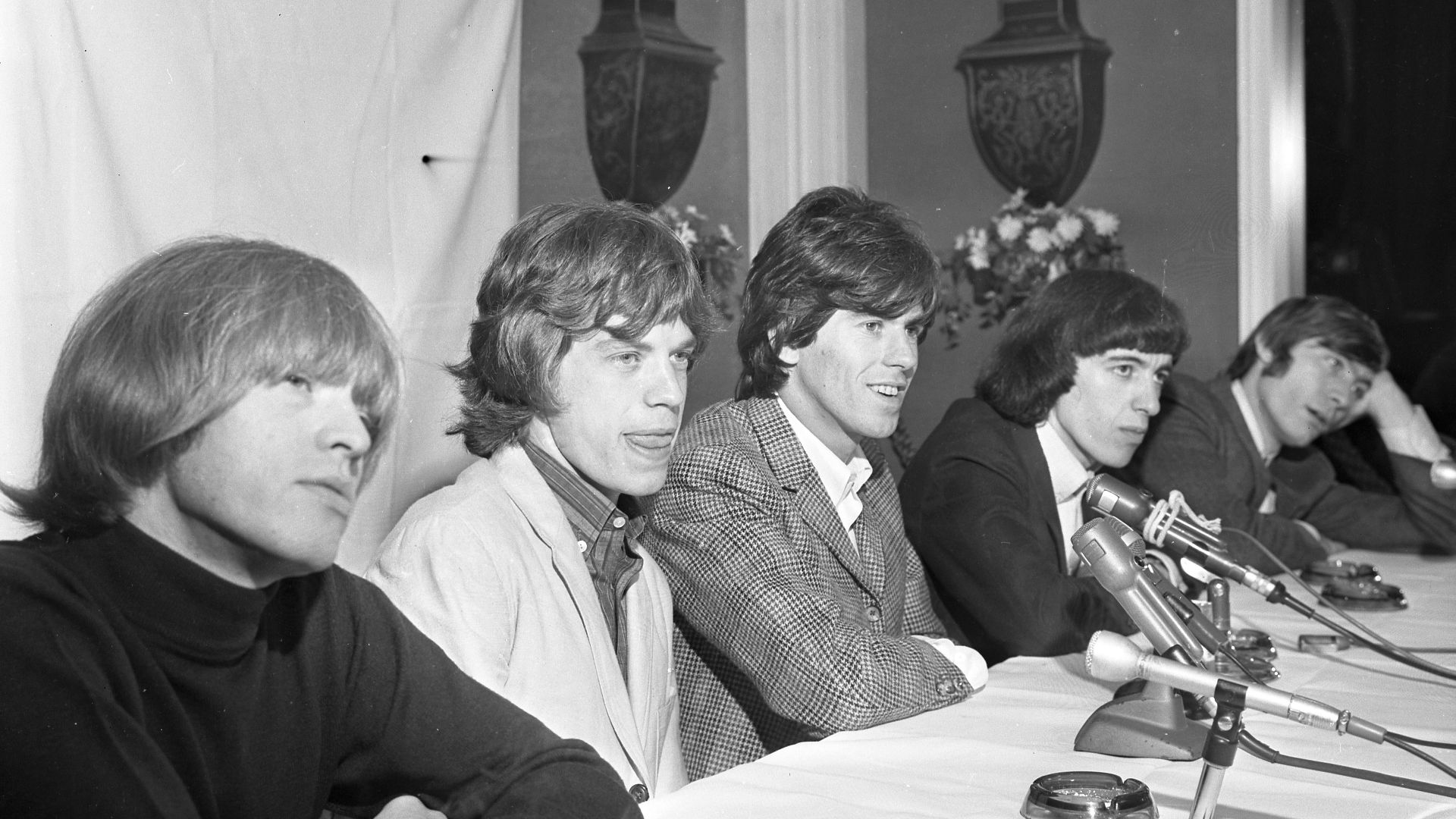 Los Angeles Times, Wikimedia Commons
Los Angeles Times, Wikimedia Commons
“Like A Rolling Stone” – Bob Dylan (1965)
Dylan shattered the boundaries of popular music with “Like a Rolling Stone,” transforming folk poetry into electric rebellion. The six-minute masterpiece (which topped the charts and influenced everyone from Springsteen to Hendrix) asked the haunting question, “How does it feel?” It wasn’t just a song; it was the moment Dylan plugged in and changed rock forever.
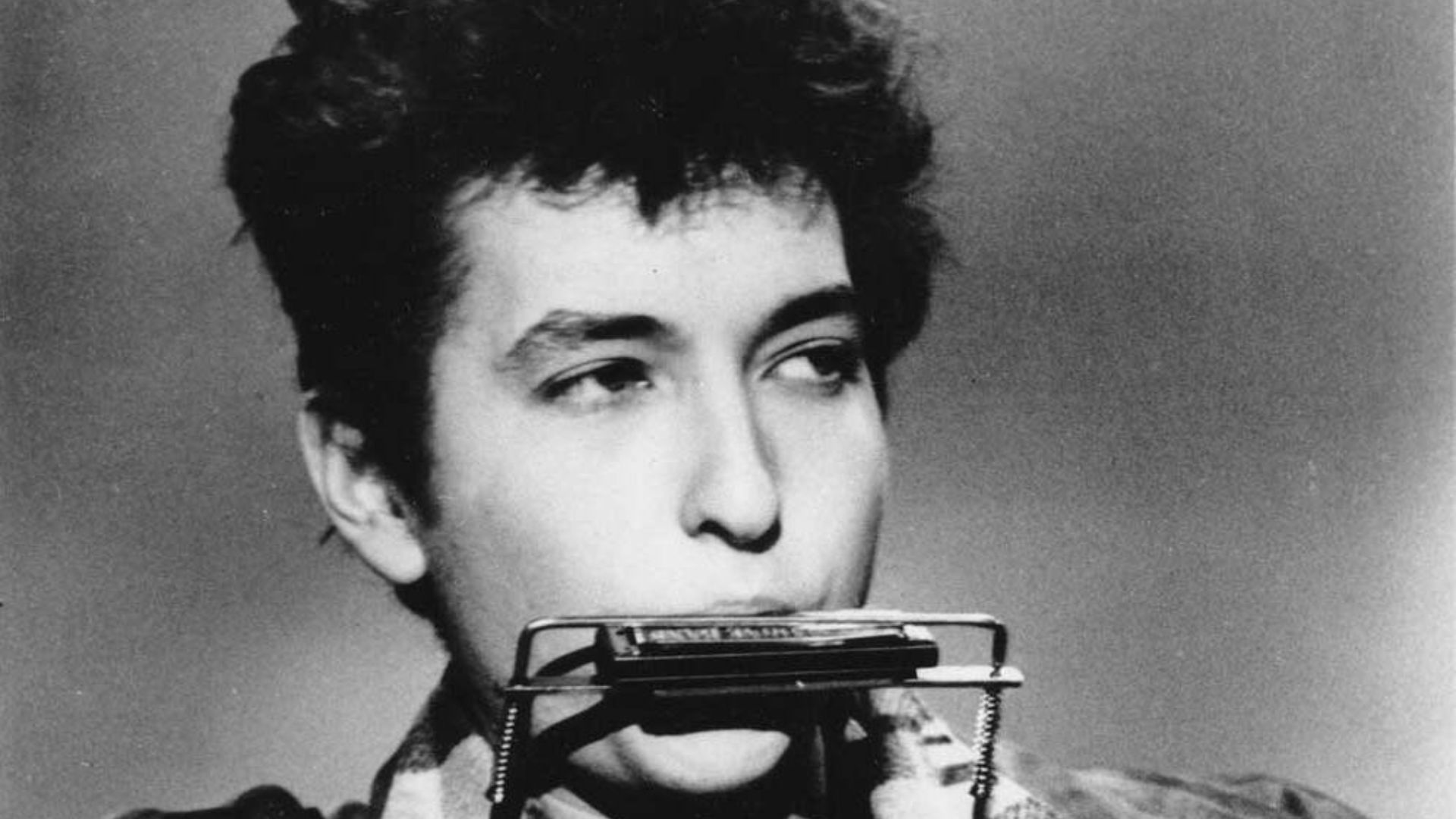 Unknown authorUnknown author, Wikimedia Commons
Unknown authorUnknown author, Wikimedia Commons
“Respect” – Aretha Franklin (1967)
Originally written by Otis Redding, “Respect” became Aretha Franklin’s declaration of independence. Her soulful delivery and commanding vocals turned it into both a feminist and civil rights anthem. The song soared to No. 1 and made “R-E-S-P-E-C-T” a rallying cry for empowerment—proof that one word, when sung with fire, could move mountains.
 Atlantic Records, Wikimedia Commons
Atlantic Records, Wikimedia Commons
“Good Vibrations” – The Beach Boys (1966)
With its innovative production and layered harmonies, “Good Vibrations” was a sonic kaleidoscope. Brian Wilson’s experimental masterpiece (built from over 90 hours of studio sessions) captured the psychedelic optimism of California’s golden age. It topped charts worldwide and showed that pop could be as complex, colorful, and transcendent as any art form.
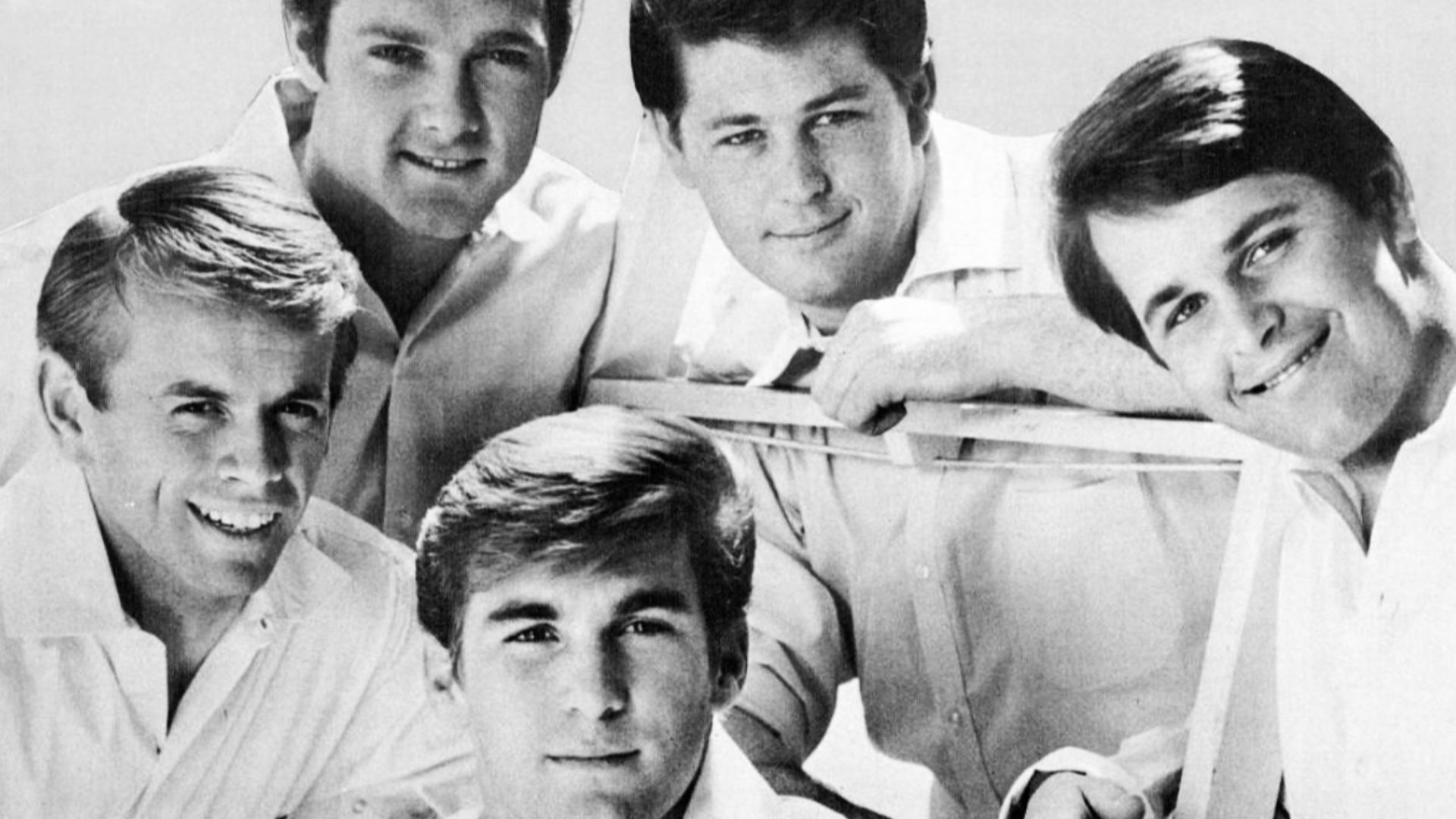 Capitol Records, Wikimedia Commons
Capitol Records, Wikimedia Commons
“My Girl” – The Temptations (1964)
Smooth, soulful, and timeless, “My Girl” was Motown perfection. With its sweet strings, finger snaps, and David Ruffin’s velvet voice, it climbed to No. 1 and became an eternal symbol of love and warmth. Decades later, it still glows with that same joyful innocence that defined early 60s soul.
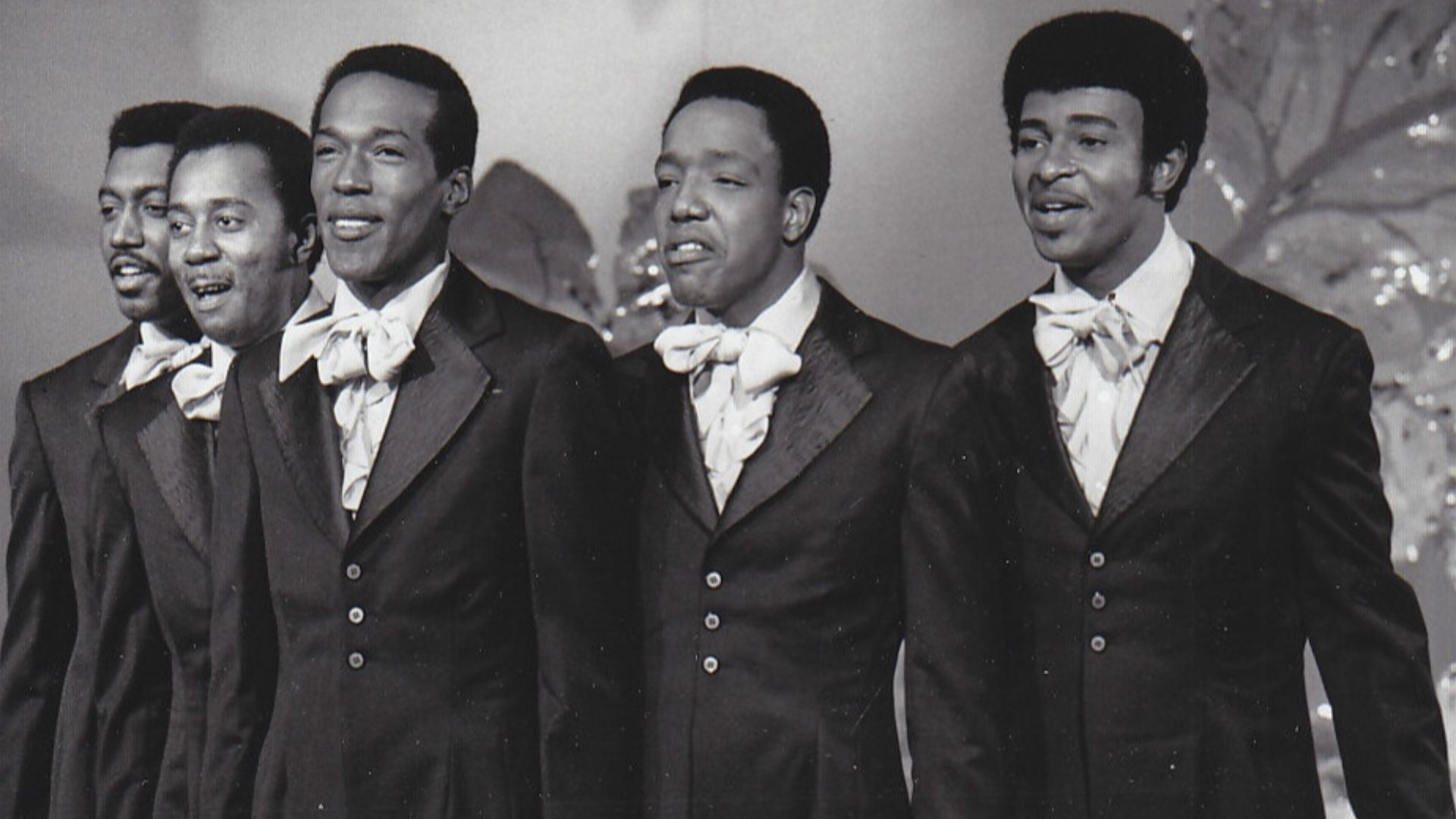 Bernie Ilson, Inc., Wikimedia Commons
Bernie Ilson, Inc., Wikimedia Commons
“Be My Baby” – The Ronettes (1963)
From its thunderous drum intro to Ronnie Spector’s soaring vocals, “Be My Baby” defined the girl-group era. Phil Spector’s “Wall of Sound” production wrapped the track in shimmering emotion, making it one of the most influential pop records ever made. It’s since been called “the greatest pop song ever written”—and it just might be.
 GAC-General Artists Corporation-management, Wikimedia Commons
GAC-General Artists Corporation-management, Wikimedia Commons
“I Heard It Through the Grapevine” – Marvin Gaye (1968)
Marvin Gaye’s haunting delivery turned this Motown single into a masterwork of heartbreak and suspicion. Its slow groove and rich orchestration were revolutionary, staying at No. 1 for seven weeks. It embodied the tension and emotional complexity of the late 60s: soulful, introspective, and unforgettable.
 photo by-J. Edward Bailey, Wikimedia Commons
photo by-J. Edward Bailey, Wikimedia Commons
“Purple Haze” – Jimi Hendrix (1967)
“Purple Haze” didn’t just redefine guitar playing; it redefined sound itself. Hendrix’s fuzzed-out riffs, psychedelic lyrics, and virtuosic solos made rock feel limitless. The track became a counterculture anthem and cemented his reputation as a visionary, one who could turn distortion into poetry.
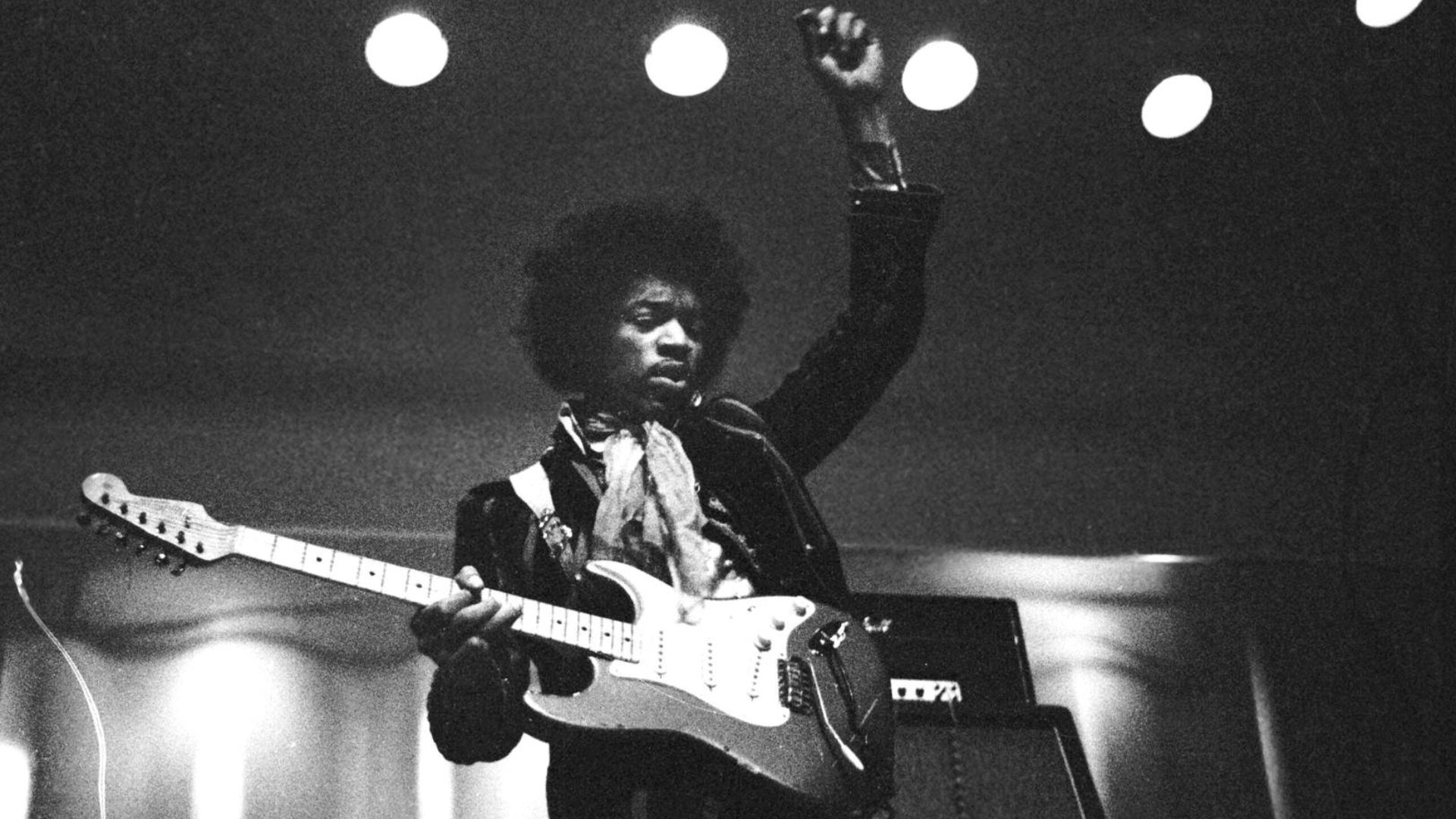 Hannu Lindroos / Lehtikuva, Wikimedia Commons
Hannu Lindroos / Lehtikuva, Wikimedia Commons
“The Sound Of Silence” – Simon & Garfunkel (1966)
Quiet, haunting, and profound, “The Sound of Silence” spoke to the isolation of modern life. Paul Simon’s lyrics and Art Garfunkel’s ethereal harmonies struck a universal chord. When it hit No. 1, it proved that a whisper could echo louder than a scream—a reflection of an era searching for meaning in the noise.
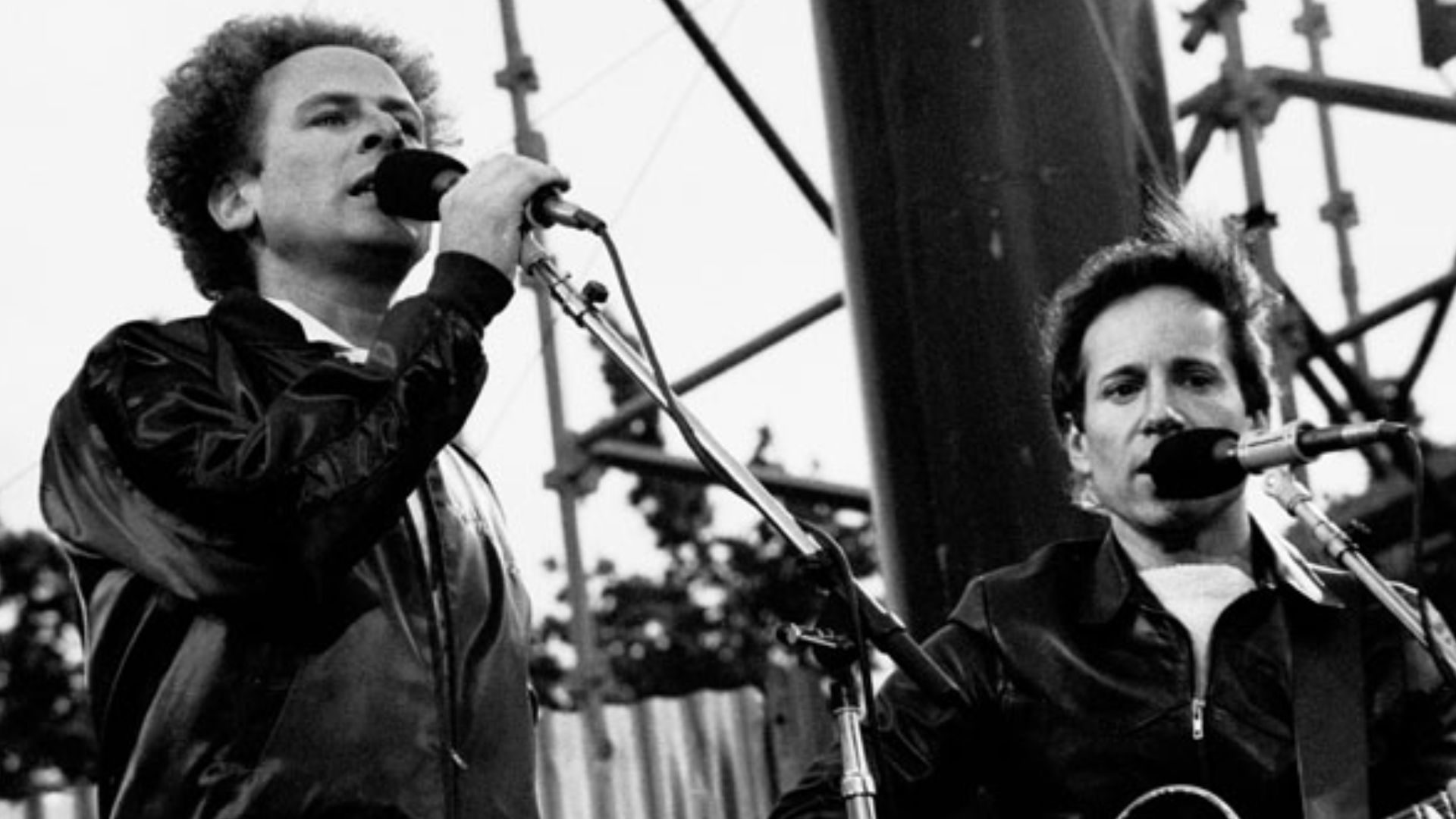 Eddie Mallin, Wikimedia Commons
Eddie Mallin, Wikimedia Commons
“(Sittin’ On) The Dock Of The Bay” – Otis Redding (1968)
Released posthumously, “The Dock of the Bay” felt like a farewell from one of soul’s greatest voices. Its calm, whistled outro contrasted with the chaos of the decade, embodying a wistful peace. It became Redding’s first No. 1 hit and remains one of the most poignant songs of the 60s.
 Volt Records, Wikimedia Commons
Volt Records, Wikimedia Commons
“You Really Got Me” – The Kinks (1964)
Raw, loud, and gloriously simple, “You Really Got Me” kicked down the door for hard rock. Its distorted riff (achieved accidentally through a slashed amplifier) changed the future of guitar music. The song reached No. 1 in the UK, proving that rebellion could be loud, catchy, and electric.
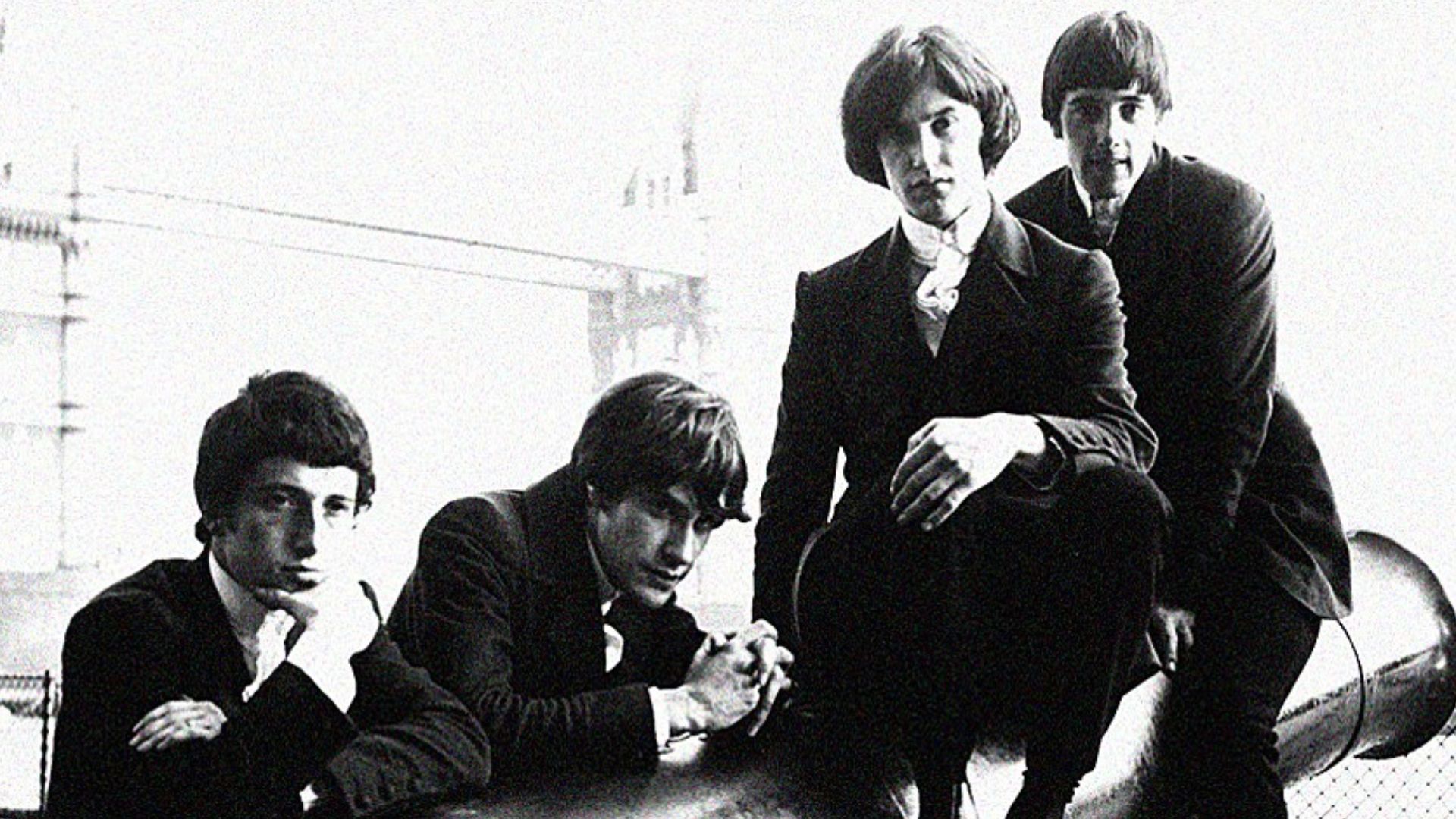 Photographer: Anonymous. Publisher: The State Register-Journal newspaper, Wikimedia Commons
Photographer: Anonymous. Publisher: The State Register-Journal newspaper, Wikimedia Commons
“Fortunate Son” – Creedence Clearwater Revival (1969)
With its swampy rhythm and fiery lyrics, “Fortunate Son” captured the anti-war spirit of the late 60s. John Fogerty’s defiant growl made it a protest anthem that still resonates today. Though it peaked modestly on the charts, its message of class and conscience turned it into one of the most enduring songs of its era.
 Cal Montney, Los Angeles Times, Wikimedia Commons
Cal Montney, Los Angeles Times, Wikimedia Commons
“Where Did Our Love Go” – The Supremes (1964)
The Supremes’ breakthrough hit brought Motown to the mainstream. Diana Ross’s delicate vocals, paired with the song’s rhythmic drive, made it irresistible. It topped the Billboard Hot 100 for two weeks and launched one of the most successful girl groups in history.
“The House Of The Rising Sun” – The Animals (1964)
“The House of the Rising Sun” turned a traditional folk tune into a stormy rock classic. Eric Burdon’s gravelly voice and Alan Price’s haunting organ gave the song an almost biblical intensity. It became The Animals’ signature hit and one of the first rock songs to top charts around the world.
 MGM Records, Wikimedia Commons
MGM Records, Wikimedia Commons
“Light My Fire” – The Doors (1967)
Sultry, psychedelic, and dangerously cool, “Light My Fire” was the spark that ignited The Doors’ legacy. Jim Morrison’s hypnotic voice and Robby Krieger’s winding solos turned radio into a trance. It hit No. 1 in 1967 and embodied the era’s desire for freedom, both musical and spiritual.
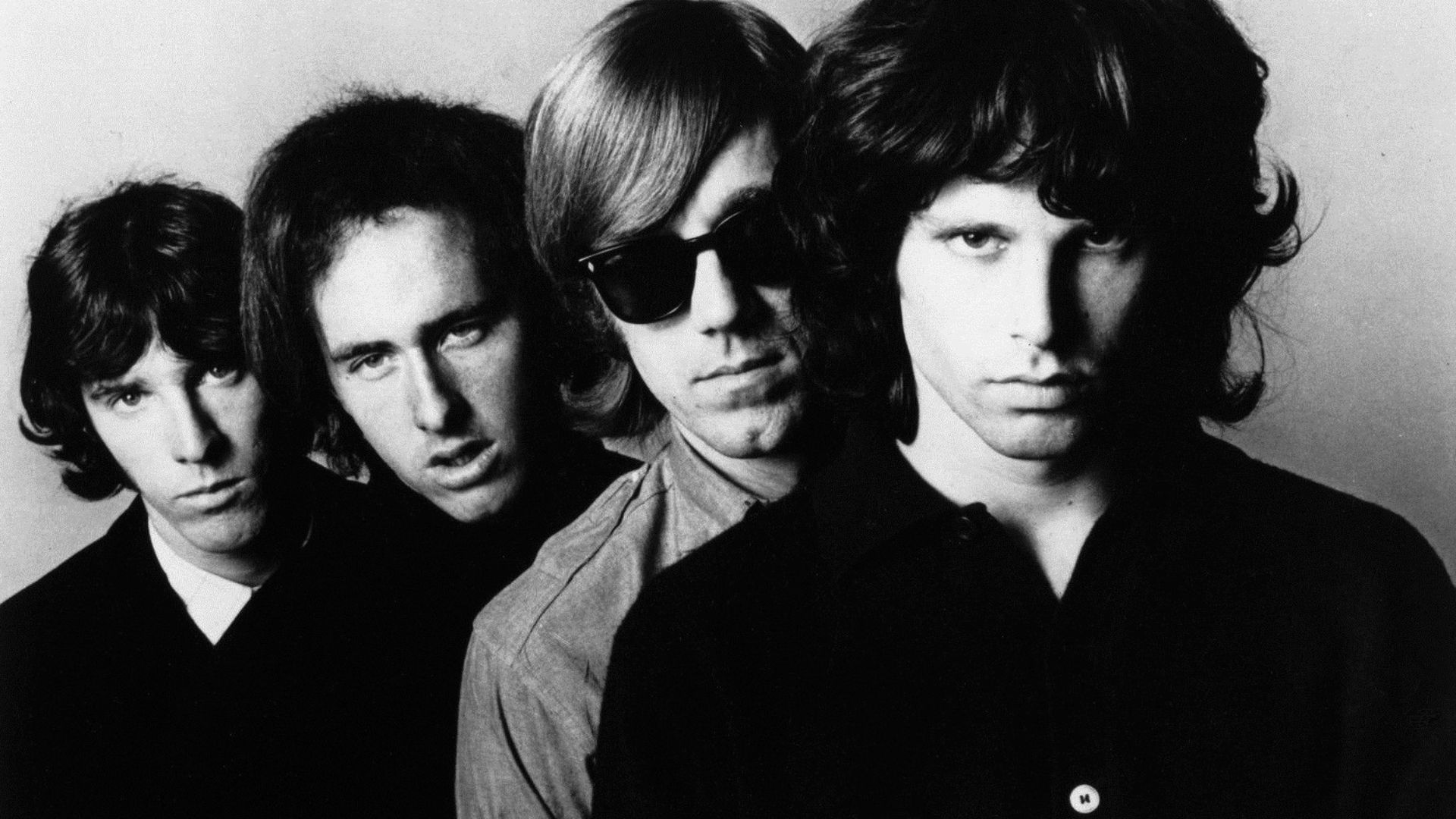 Joel Brodsky; Distributed by Elektra Records, Wikimedia Commons
Joel Brodsky; Distributed by Elektra Records, Wikimedia Commons
“Somebody To Love” – Jefferson Airplane (1967)
Few songs better capture the energy of San Francisco’s Summer of Love than Jefferson Airplane’s breakout hit. Grace Slick’s fierce vocals and the song’s driving rhythm gave voice to a generation seeking connection amid chaos. It became an anthem for a counterculture chasing both passion and peace.
“Son Of A Preacher Man” – Dusty Springfield (1968)
Dusty Springfield brought gospel flair and seductive soul to this Southern-inspired gem. Her smoky vocals made “Son of a Preacher Man” both daring and divine. The song peaked at No. 10 and became an enduring symbol of 60s sensuality and sophistication. It’s a crossover masterpiece that still oozes cool.
“Twist And Shout” – The Isley Brothers (1962)
Before The Beatles made it famous again, The Isley Brothers delivered “Twist and Shout” with pure, unrestrained joy. Its infectious rhythm and raw vocals turned dance floors into chaos. A bridge between R&B and rock ‘n’ roll, it perfectly captured the youthful exuberance that would define the decade.
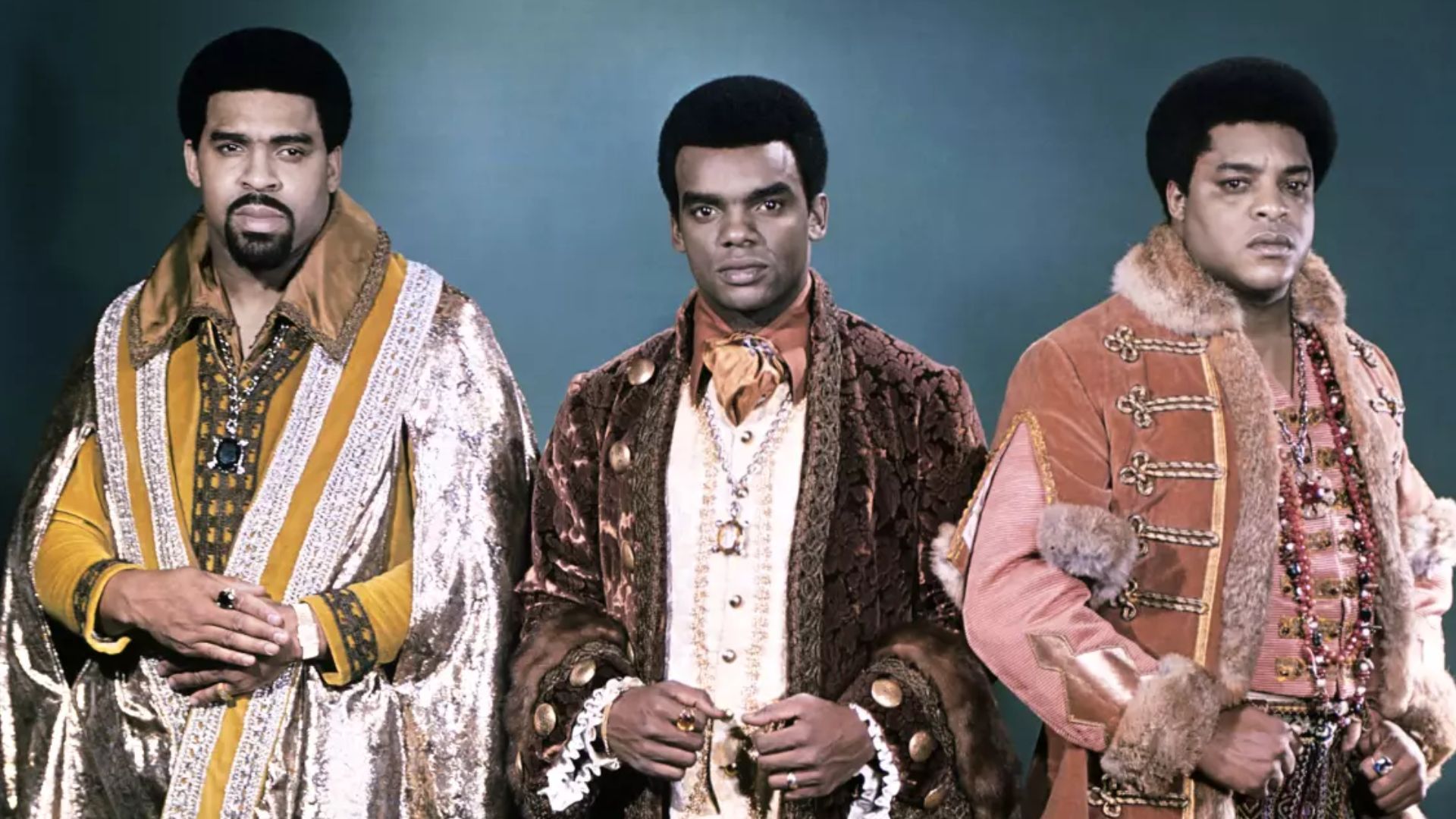 T-Neck Records, Wikimedia Commons
T-Neck Records, Wikimedia Commons
“California Dreamin’” – The Mamas & The Papas (1965)
Melancholy yet sun-soaked, “California Dreamin’” became the anthem of longing for freedom and warmth. Its lush harmonies and flute solo embodied the dreamlike optimism of the West Coast. It reached No. 4 on the Billboard Hot 100 and remains a wistful postcard from a more innocent age.
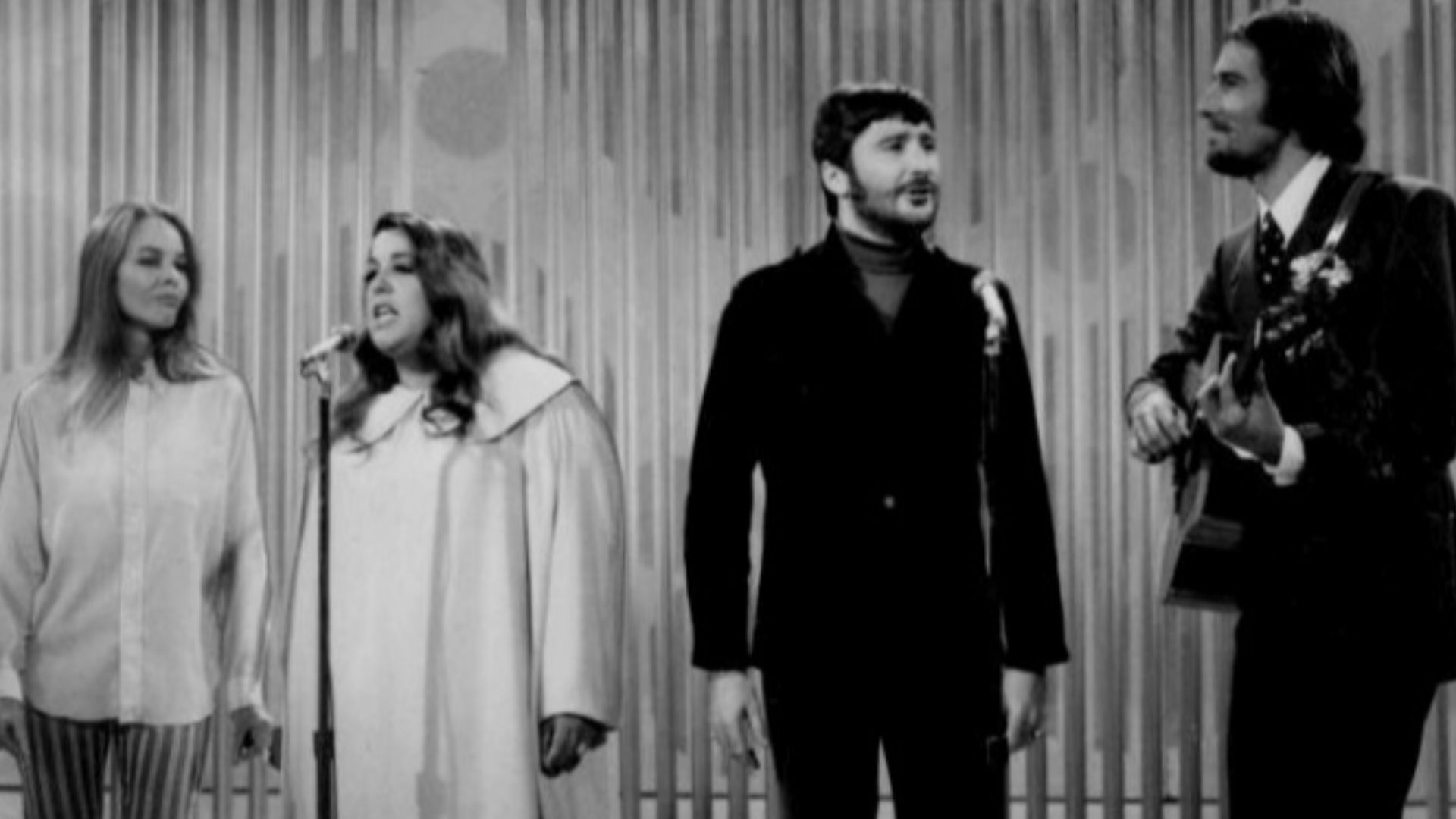 CBS Television, Wikimedia Commons
CBS Television, Wikimedia Commons
“These Boots Are Made For Walkin’” – Nancy Sinatra (1965)
Sassy and stylish, Nancy Sinatra’s “These Boots Are Made for Walkin’” gave the decade a dose of swagger. With its bold bassline and feminist flair, it strut to No. 1 on the charts. Sinatra’s confident delivery made it clear: women in the 60s were stepping forward, and not to be underestimated.
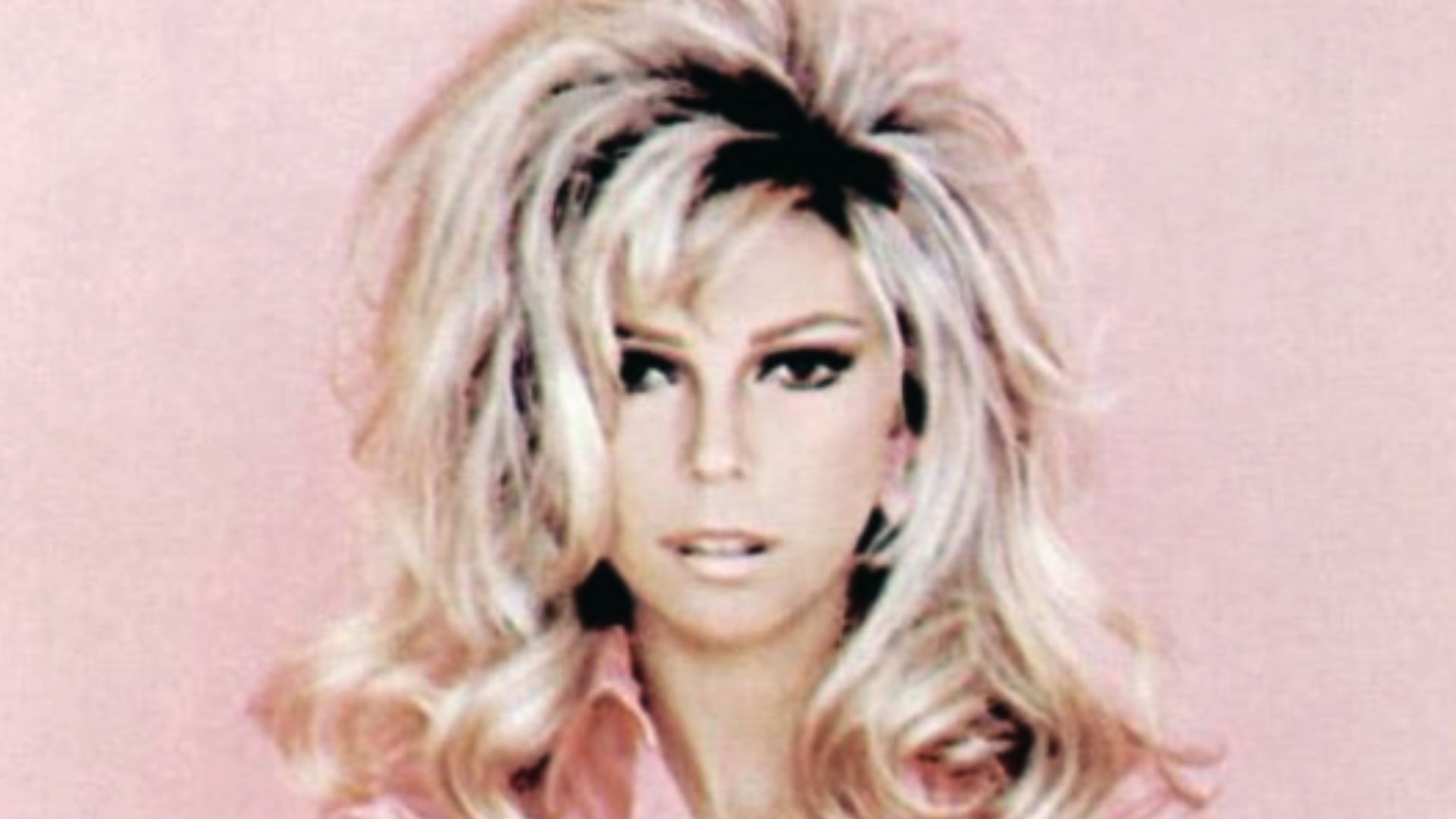 Reprise Records / Boots Enterprises, Wikimedia Commons
Reprise Records / Boots Enterprises, Wikimedia Commons
“Can’t Take My Eyes Off You” – Frankie Valli (1967)
Frankie Valli’s lush ballad blended pop and soul into something timeless. Its dramatic horns and heartfelt lyrics captured the romantic grandeur of the decade. It reached No. 2 on the Billboard Hot 100 and became a wedding standard, its sincerity transcending generations.
“I Like It Like That” – Pete Rodriguez (1967)
“I Like It Like That” brought Latin boogaloo into the American mainstream. Its irresistible rhythm and joyful call-and-response became an instant dance-floor hit. The song hit No. 25 on the Hot 100, introducing millions to the vibrant sound of New York’s Latin music explosion.
“My Way” – Frank Sinatra (1969)
Frank Sinatra’s “My Way” was more than a song—it was a personal manifesto. Released at the end of the decade, it embodied reflection and resilience. Though it never topped the US charts, it became Sinatra’s signature tune and a timeless ode to self-determination and grace.
 CBS Television, Wikimedia Commons
CBS Television, Wikimedia Commons
“A Change Is Gonna Come” – Sam Cooke (1964)
Inspired by the civil rights movement, Sam Cooke’s “A Change Is Gonna Come” was both deeply personal and profoundly universal. Its stirring orchestration and tender optimism made it an anthem for equality and hope. Posthumously released, it became Cooke’s defining legacy, and a song that still moves hearts decades later.
 RCA Victor Records, Wikimedia Commons
RCA Victor Records, Wikimedia Commons
“I’m Still In Love With You” – Alton Ellis (1967)
A cornerstone of rocksteady, Alton Ellis’s “I’m Still In Love With You” blended reggae rhythms with soulful vulnerability. Its gentle groove and heartfelt lyrics captured the tender, romantic side of the decade’s Caribbean sound. It became one of Ellis’s most enduring songs and a foundation for modern reggae’s evolution.
“River Deep – Mountain High” – Ike & Tina Turner (1966)
Phil Spector’s towering production met Tina Turner’s volcanic vocals in this explosive collaboration. Though it underperformed in the US, it was a massive hit in Europe and later recognized as one of the greatest recordings ever made. Passionate, powerful, and grand, it was pop at its most majestic.
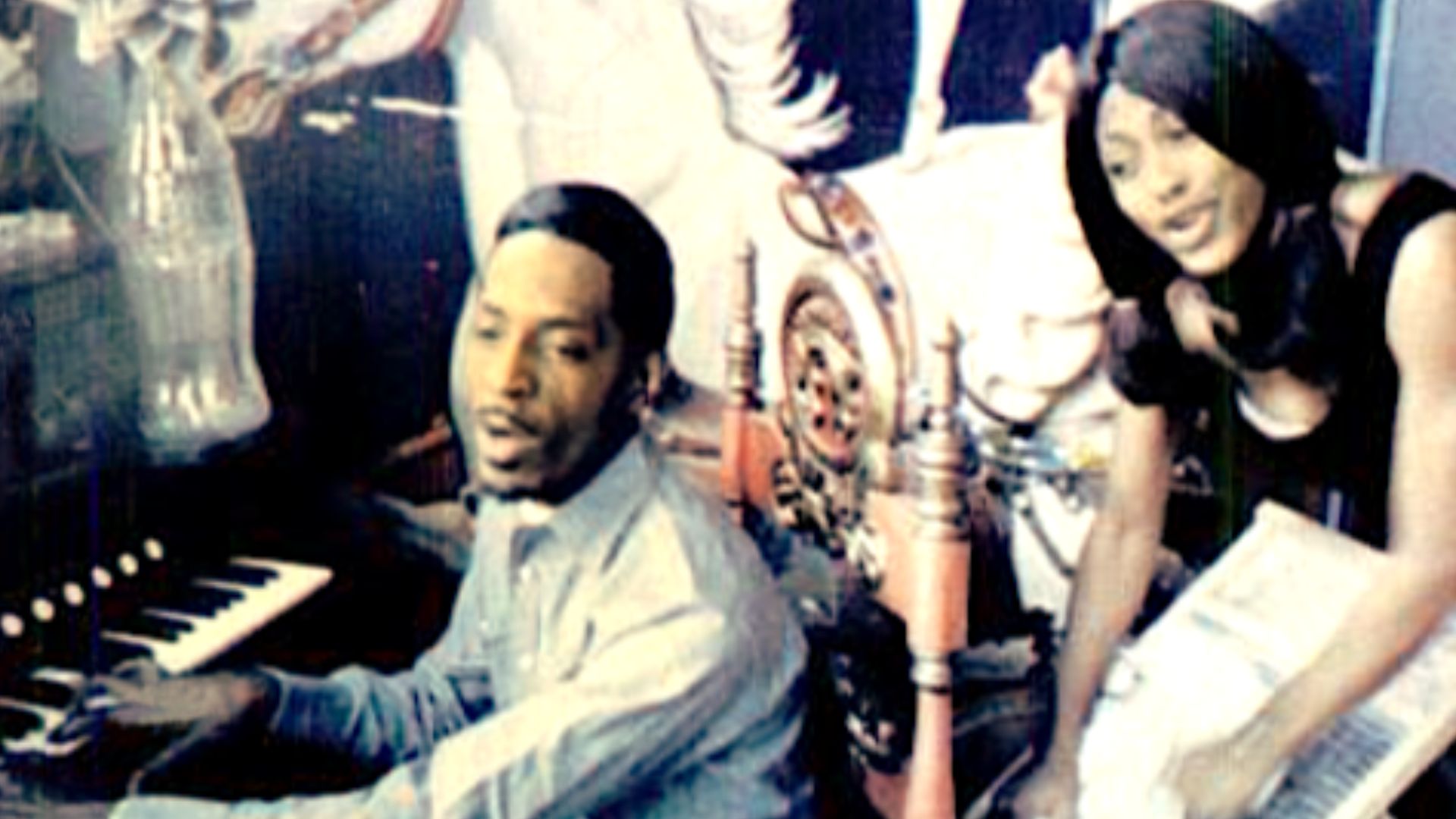 Phillies Records, Wikimedia Commons
Phillies Records, Wikimedia Commons
“Sweet Caroline” – Neil Diamond (1969)
Few songs bring people together quite like “Sweet Caroline”. With its infectious “ba-ba-bas” and warm optimism, Neil Diamond crafted a singalong classic. It peaked at No. 4 and became a staple of sporting events, weddings, and memorable celebrations.
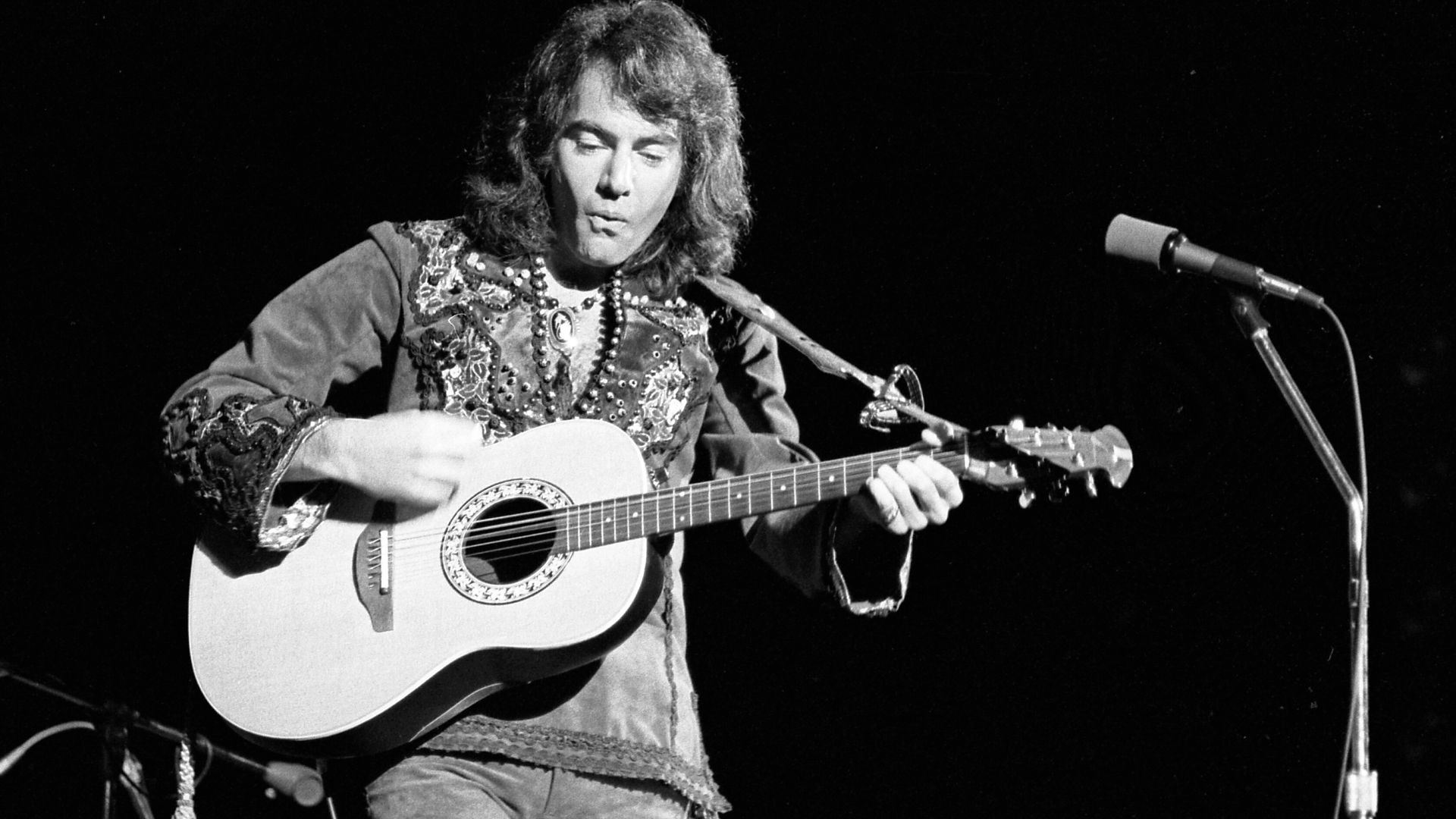 Larry Bessel, Los Angeles Times, Wikimedia Commons
Larry Bessel, Los Angeles Times, Wikimedia Commons
“I Got You (I Feel Good)” – James Brown (1965)
James Brown’s electrifying “I Got You (I Feel Good)” distilled pure happiness into two and a half minutes. His signature grunts, horns, and funk grooves set the stage for modern R&B. It topped the R&B charts for six weeks and became one of the most recognizable feel-good songs ever recorded.
 Heinrich Klaffs, Wikimedia Commons
Heinrich Klaffs, Wikimedia Commons
“My Generation” – The Who (1965)
The ultimate youth anthem, “My Generation” captured the defiance of an entire generation ready to shatter convention. Pete Townshend’s stuttering lyrics and Keith Moon’s explosive drumming embodied rebellion. It reached No. 2 in the UK and became the eternal voice of teenage angst and revolution.
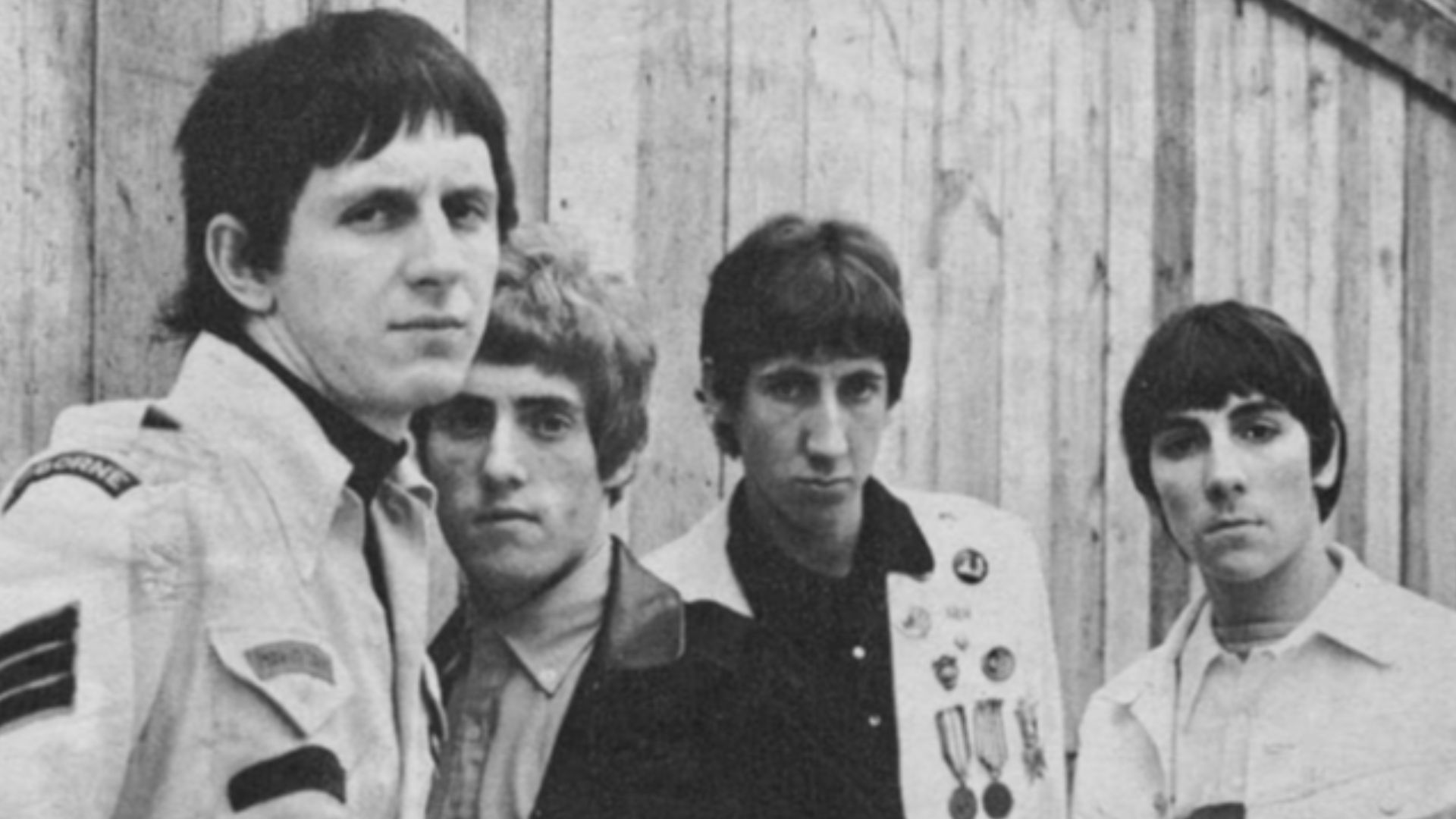 KRLA Beat/Beat Publications, Inc., Wikimedia Commons
KRLA Beat/Beat Publications, Inc., Wikimedia Commons
You May Also Like:
Underrated 70s Films Everyone Should Watch


